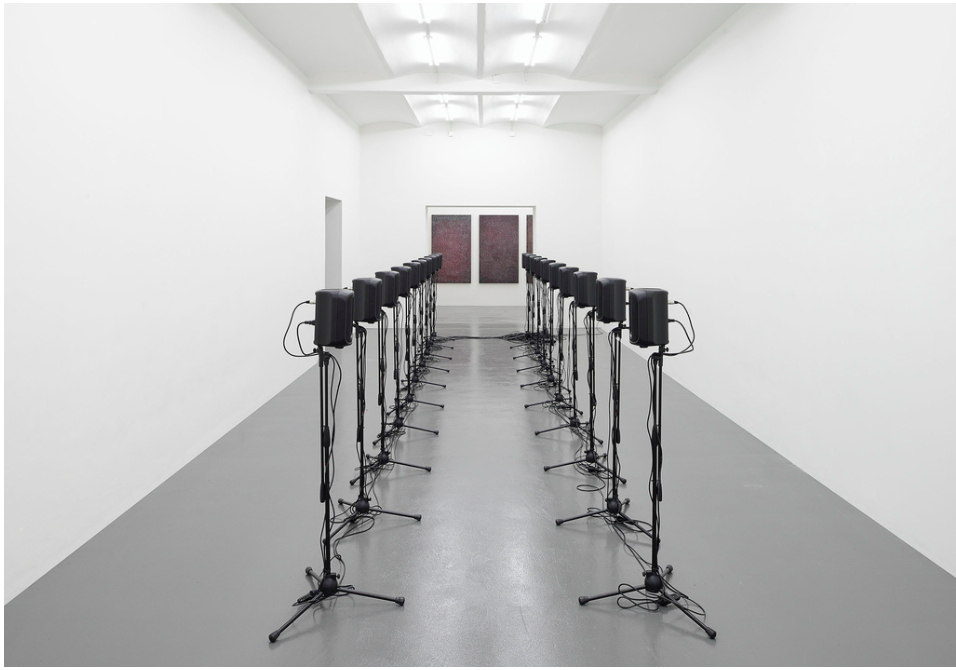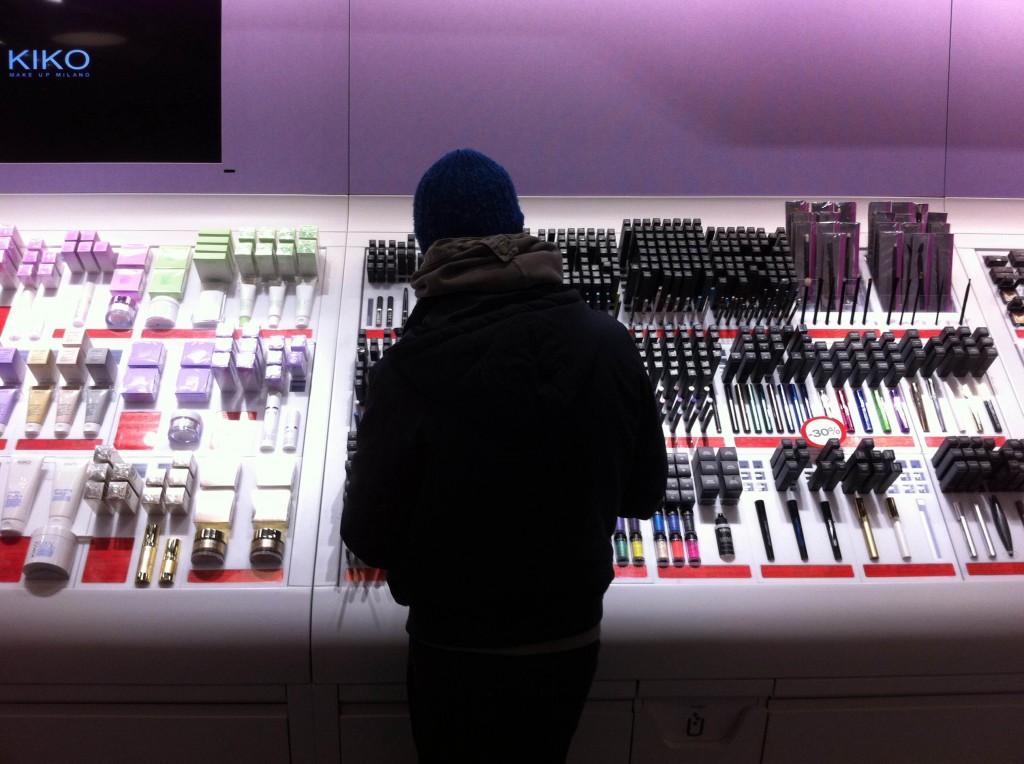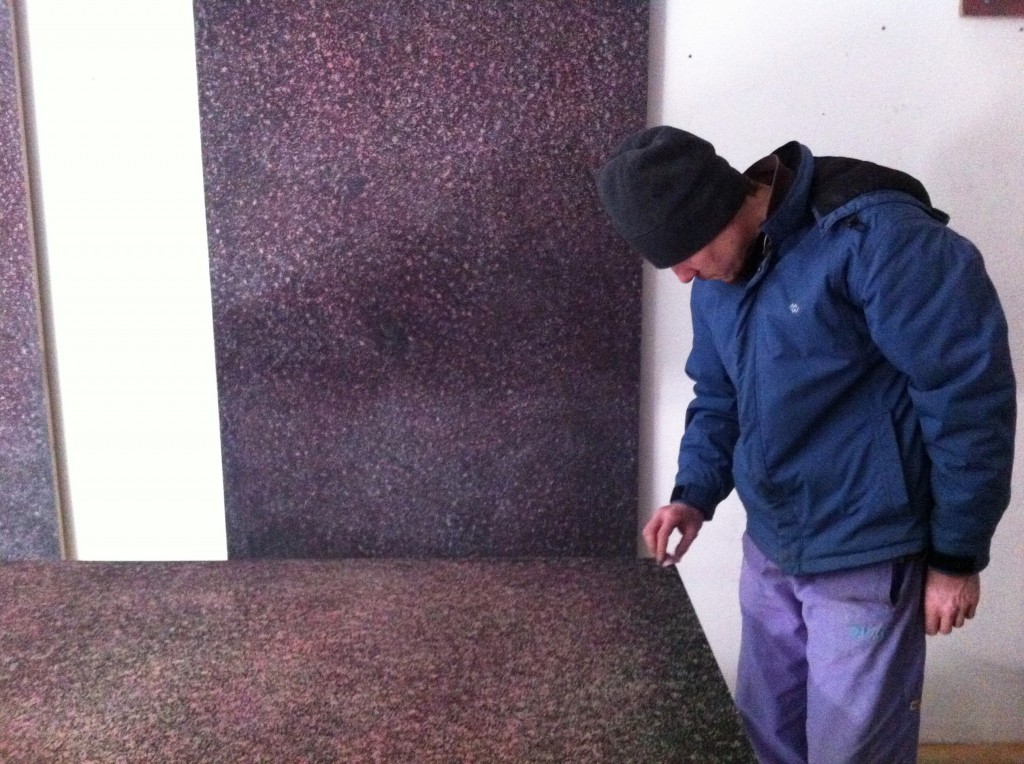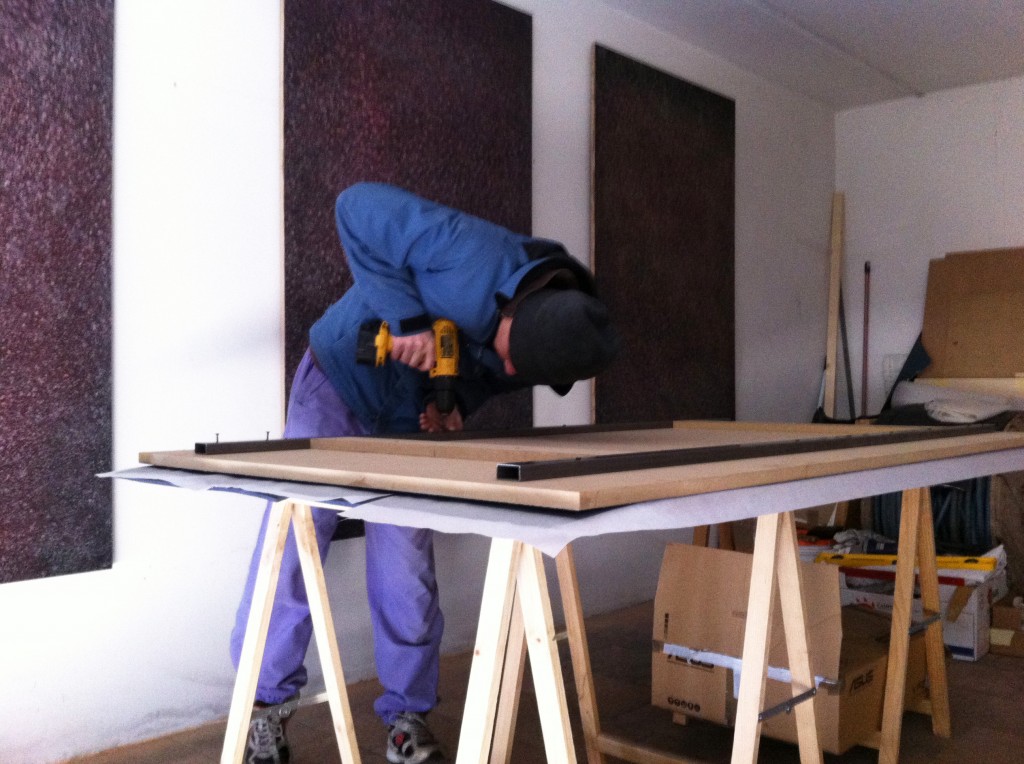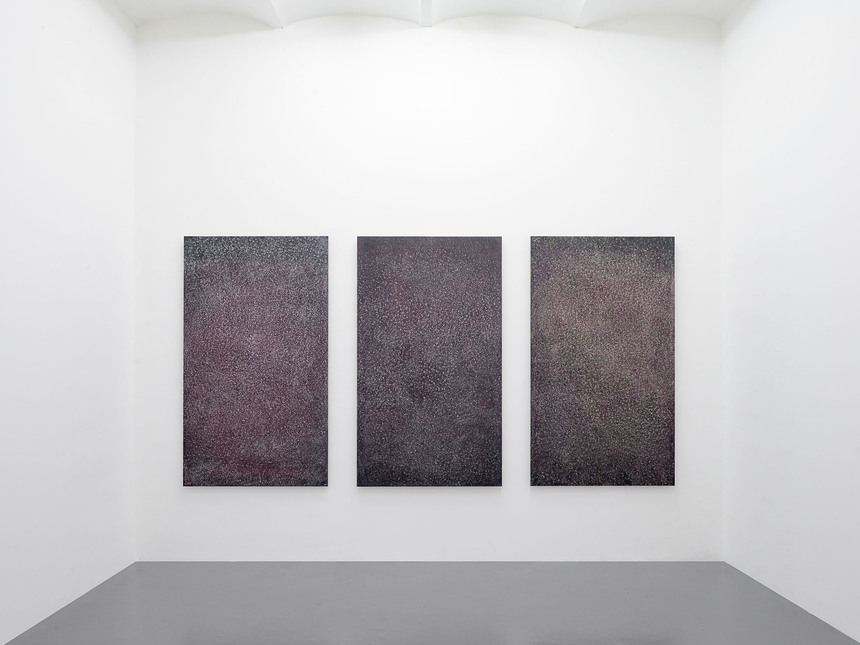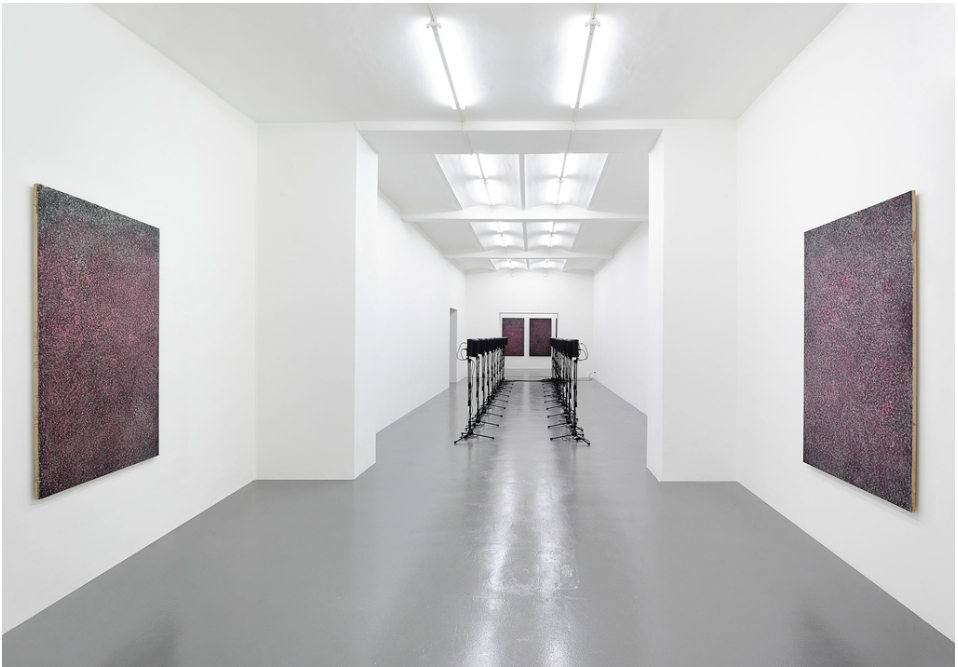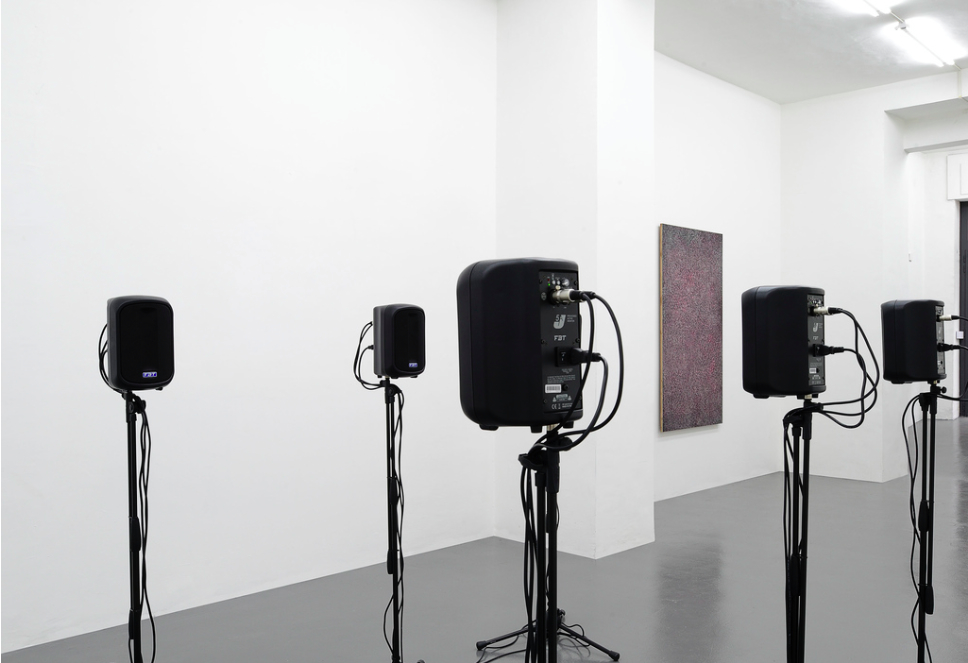Q&A With Alberto Tadiello
Can you tell me about your background? And what was the first artwork you made?
Alberto Tadiello. – I think it’s the same background of my generation’s one. It’s made of school, catechism, family, summer jobs, music lessons, a few mountain walks on Sundays, etc. When I was five, I drew a lion in a closet because I had broken a mirror and I wanted to fill the door remained white and empty. The lion was one and half meter tall. What fate the lion had, I really don’t know!
What is more important to you regarding your work: the process? The final visual outcome? The material? Or something else?
I find quite hard to get the proper answer. In some way, all is important. How ideas take shape. The process. The research. Some glances around. The persistency. The error. The system. Many dreams. Compromises. And the list could go on. But it’s a sort of “physical dimension” that seems to me most significant. It’s a basic ability, instinctive, directly linked to the stomach. A grip which makes a work a work of art. This is an aspect that gives me also a more accurate sense of my own limitations in respect to the work itself. It’s something that, in a certain sense, I can control and I cannot control. A challenge, that comes beyond my individual guidance and occurs between the work and the viewer. It’s a physical experience without any real contact involved. Like a “long-distance” electric shock.
The new body of works, the sand paper. I would love to know more about them.
Have you ever seen a blooming cherry tree? Have you ever dip your head inside its flowering? Did you ever look at a flower meadow from the ground level? Think of something feverish, vivid. Of a sanguineous temperament. Of incandescence. Of metal substances’ colours, becoming increasingly bright and hellish at elevated temperatures. Of sunspots. Imagine something that has to do with smog, pulverization, atomic shatter. And again, focus of something at its maximum point of brightness, of fullness. Just before crumbling away, reduced to dust. I believe that Pale carry all these elements and imageries inside. Technically, they consist at now of five framed sandpapers treated with waxes, glues, sprays and cosmetics. They show a vigorous amalgam of reds, magentas, carmines, blacks, crimsons, violets, plums, greys, burgundies, pinks, whites, browns. Golden slivers.
Your installations and sound. Can you tell us more about them?
I have always worked with sound, using it like a sculptural material. Over the past few years, I’ve mainly focussed my research on use and manipulation of very low and very high frequencies, vibrations, high-pitched whistles. These “polarities” interest me for a sort of epidermal effect, for the unavoidable sculptural result created by them inside an empty space. On a stage, just before a concert, there is a extremely strong energy. There are speakers, idle musical instruments, electric cables, … there is a deep aesthetic and visual component, impossible to ignore. I like to think it would be enough to increase the reverb, feedback and the output of the amplifier, and the stage could play by itself in a growing loop.
What influences you?
The Nature. Some days ago, I was climbing in the Dolomites area when I saw some particular lichens. You’ve to imagine a wrinkled lichen that forms rings and fragmented spots on vertical rocks, at high altitude. Their colour tells about extreme warmth and freeze, about South sunlight and centenarian snowfalls. In their reds and oranges appears a bit of yellow and brown, always leaving trace of an oxidize primeval shade. I keep thinking of this sort of fossil crystallization. Of these jewels, these dignified concretions. Of their minimum thickness that succeeds in tracing a script. This is just one of the images I’m taking along now.
Can you let us on some of your future projects, works?
Of course. I have in mind new sandpapers works. A great sculptural project that it’s hatching in the middle of the thoughts for a long time. And, in the meantime, the summer!
